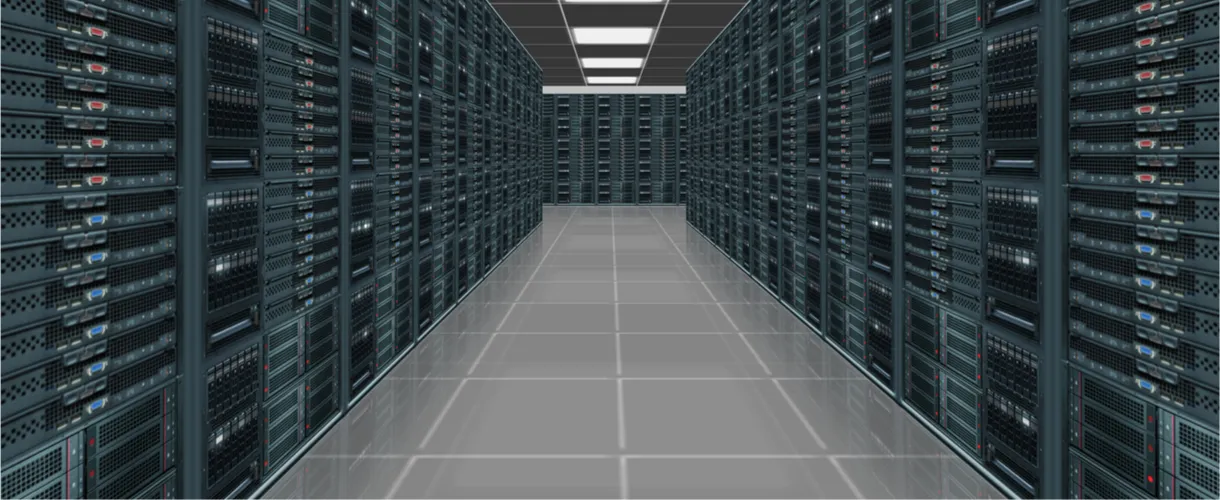Moving Fully Populated Server Racks During Data Center Relocation
Server racks are at the core of any IT hub. Data centers — where servers are stored, — are used for fast internet connectivity and non-stop data access. It allows a company to deploy their systems and maintain a constant internet presence. Servers are thus crucial for the day-to-day functioning of most companies.
Companies that undergo data center relocation often do so solely with their own understanding of the process. If company technicians and IT crew are unaware of the proper dismantling and handling of servers, they are liable to get hurt. Additionally, the hardware too may suffer physical damage.
While the damaged hardware is replaceable, a company’s reputation will be permanently affected by downtime caused due to grounded servers. Therefore, it is essential to plan the entire server rack moving beforehand.
Server rack moving (especially if populated) even a few feet, is better done by dismantling the hardware and moving each component individually. This may require more time and resources but can eliminate major risks like:
o The rack itself breaking — resulting in equipment breakdown
o Shearing of the mounting equipment — causing equipment to topple
Rack-mounting kits do not offer protection to servers against vertical shock. They are designed solely to hold the hardware in a static position with minimal portable functionality. Castor wheels fitted to the bottom of the server racks provide very minimal movement. It is never advised to rely on them during server rack moving.
Fully populated racks also have a high center of gravity. Server rack moving without dismantling populated racks can pose a significant risk to individuals handling them. There is also the threat of permanent hardware damage.
The internal components of all hardware are subject to the risk of damage by shock forces and/or vibrations. Especially so, when servers are rigidly mounted in a rack. It is also important to know that most insurance companies do not consider populated racks to be ‘properly packed’. This could mean that insurance claims for certain damages may be rejected.
Considering all these risks, the best way to go about with server rack moving is by shifting each server individually. Here are a few things to consider beforehand:
Firstly, an individual relocating the racks might be unaware of all back-end components of the primary hardware. There may be legacy applications sitting in a data center that may be older than the technicians operating them. It is vital to be informed about one’s current hardware to avoid unforeseen complications during server rack moving.
Secondly, post-relocation testing is a challenge. Enlist an IT staff to carry out end-to-end performance tests on specific transactions. These transactions are part of key server applications and it is always advised to keep a record of the test results.
Thirdly, data center relocation disrupts regular work schedules. It is good to inform end-users and support teams that some of them will be working overtime to facilitate all server rack moving. It is never too early to start scheduling a relocation, but being prepared for downtime is advised.
Fourthly, Application Delivery Optimization (ADO) is an important protocol that should not be ignored during data center relocation. If one uses load balancers or optimizers for the same, they’ll be required to spend additional time in analyzing various layers of server configuration. By preparing beforehand, process downtime can be avoided.
Lastly, among all servers and back-end databases are hardwired IP addresses and domain names. Not only should the relocating individual list them out, but also be prepared to use it for reference during the application and network component review.
Dismantling individual data servers from their racks is the right way to go about data center relocation.
A data center relocation may initially seem like a daunting task, but with the right information and moving partner, the process can be made easy. The priority should be to avoid damage to both company personnel and component hardware. With a proper plan and detailed working process, one can ensure optimum safety for their server and server racks during a data center relocation.
Globe Moving is a specialist in office and data center relocation. We have moved both small and large offices and have vast experience and infrastructure to provide a smooth and hassle-free experience. If you are looking to move your data center, consult our data center relocation experts on +91 80 4211 5151 or email us at enquiries@globemoving.net.
We would love to hear your feedback about our blogs. Do share your thoughts and ideas to blogs@globemoving.net. We also publish moving related blogs written by our customers and patrons*, do sent your contributions to blogs@globemoving.net. (* Conditions apply)





